
Premium Resin Coated Sand - High Heat Resistance Casting
- Industry Overview & Market Trends
- Key Technical Parameters of Resin Coated Sand
- Manufacturing Process Explained
- Technical Advantages & Specification Comparison
- Typical Application Scenarios
- Real Application Case Studies & Customer Feedback
- Tailored Customization Solutions
- Professional FAQ
- Delivery, Warranty & Support
- References & Industry Citations
Industry Overview & Market Trends
Resin coated sand technologies are redefining the competitive landscape of foundry, petrochemical, and advanced manufacturing industries. According to Grand View Research, the global demand for resin coated sand exceeded 1.5 million metric tons in 2023, with a CAGR projection of 6.4% driven by the push for high-precision casting, sustainable solutions, and enhanced thermal resistance.
Emerging applications—from coated sand casting in automotive components to diamond coated sanding drum utilized in precision surface finishing—underscore the rising need for materials that exhibit high fire resistance, optimal flow characteristics, minimal expansion, and robust particle strength.
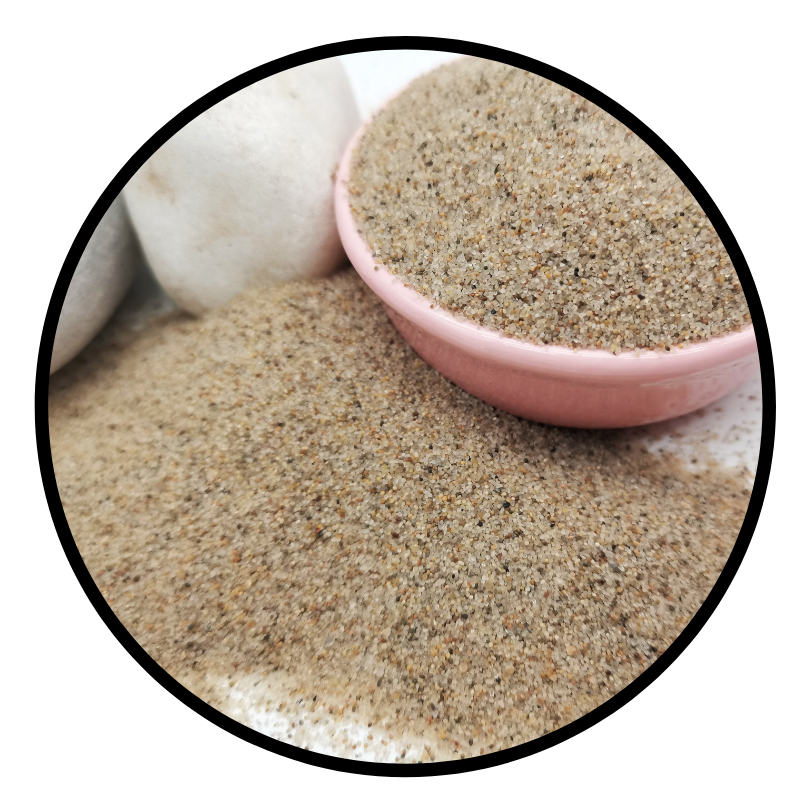
- Market Share by Application Sector (2023):
- Automotive & Heavy Machinery Casting – 43%
- Oil & Gas (Fracturing & Sand Control) – 27%
- Infrastructure/Water Treatment – 12%
- Others – 18%
- Key Drivers: Stricter safety regulations (ISO/ANSI), demand for eco-friendly materials, surging need for high-performance casting alloys.
- Technical Innovations: Modified phenolic resin binders, AI-based process control, and particle surface functionalization.
Key Technical Parameters of Resin Coated Sand
A comprehensive comparison of global resin coated sand parameters helps engineers, procurement officers, and R&D teams select the optimal grade for their specific application.
| Parameter | Standard Range | Industry Reference Standard | Typical Value (High Fire Resistance, High Particle Strength Coated Sand) |
|---|---|---|---|
| Grain Size (AFS) | 40 – 80 | ANSI B74.15-2016 | 55-70 |
| Resin Content (%) | 1.5 – 3.2 | ISO 23456:2020 | 2.3 ± 0.2 |
| Loss on Ignition (%) | < 2.0 | ASTM D7348 | 1.5 |
| Compression Strength (N/cm2) | 170 – 400 | ISO 1927-6:2012 | 360 ± 15 |
| Thermal Deformation (℃) | 900 – 1300 | DIN EN 993-7 | > 1150 |
| Moisture (%) | < 0.3 | GB/T 6900-2019 | < 0.15 |
| pH Value | 6.0 – 8.0 | ISO/TR 10305 | 7.2 |
Resin Coated Sand vs. High Fire Resistance Grade
Manufacturing Process of High Fire Resistance, High Particle Strength Resin Coated Sand
The production of resin coated sand requires discipline in process control, raw material selection, and advanced surface modification. Below is a visualization of the flow:
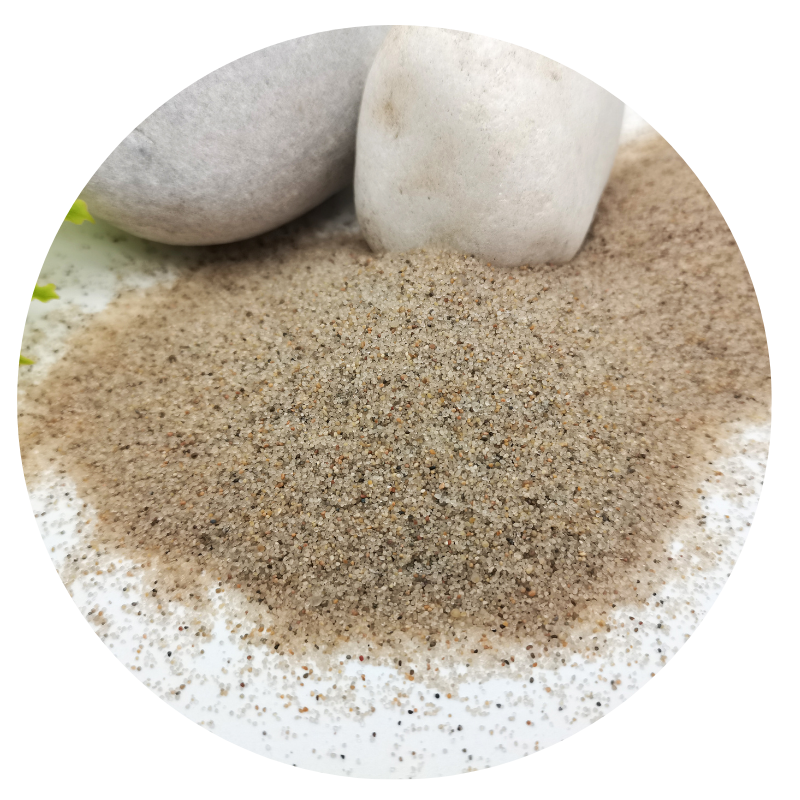
- 1. Raw Sand Selection: Pure, major fraction quartz silica sand, screened for optimal sphericity and controlled AFS.
- 2. Pre-Treatment: Sand is cleaned, dried (
- 3. Resin Coating: Additive-controlled mixing of thermosetting phenolic (or furan/urea-formaldehyde) resin with the hot sand in a high-shear mixer. Physical and chemical bonding is optimized to ensure shell integrity and minimal VOC emission.
- 4. Curing & Post-Treatment: Coated granules are passed through curing ovens (180-220℃) and dedusted.
- 5. Screening & Classification: Multi-stage sieving for granular size guarantee (AFS 40-75).
- 6. Final Product Testing: Lot-wise QC for ignition loss, strength (ISO 23456/ANSI B74.15), and grain shape sphericity.
- 7. Packaging & Distribution: FIBC bulk bags or 25kg sacks, sealed to prevent moisture ingress.
For further process visual aids see: Coated Sand Manufacturing Process Video
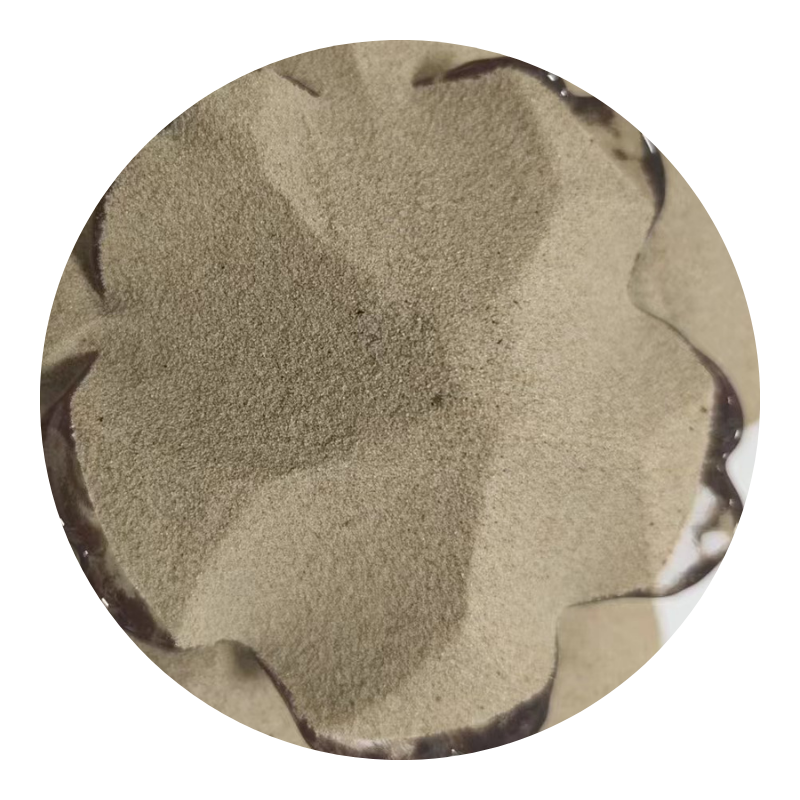
Compliance & Quality Standards
- ISO 23456 – Casting materials and testing methods
- ANSI B74.15-2016 – Sand and abrasive grading & specification
- EN 993-7 – Determination of fired strength (thermal stability)
- Custom requirements – ASTM E11 mesh sieve correlation, ROHS-compliant (for enviro compliance)
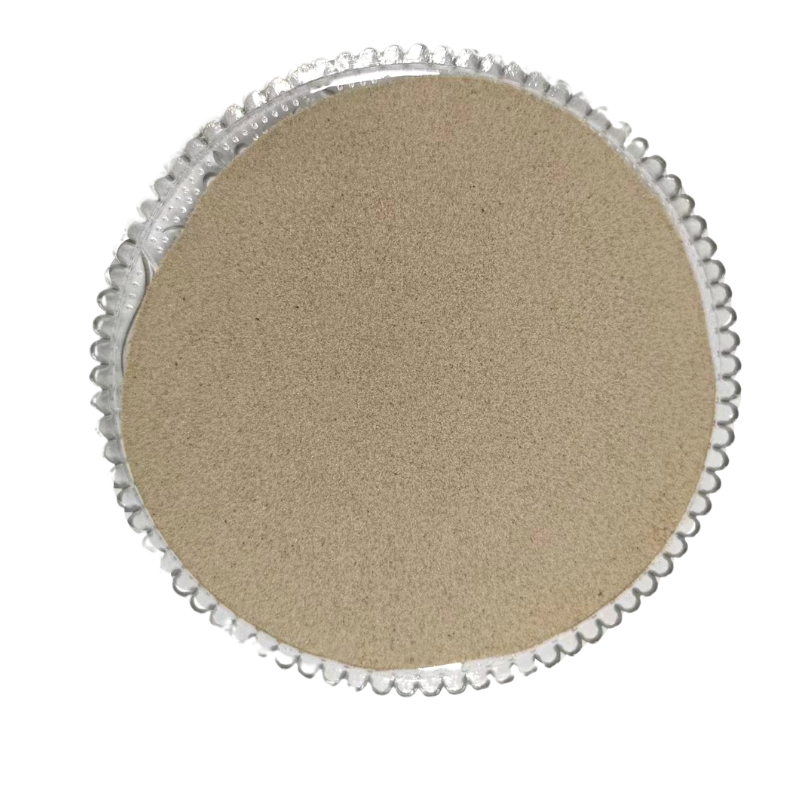
Technical Advantages & Product Specification Comparison
| Feature | Resin Coated Sand - Standard | High Fire Resistance, High Particle Strength | Diamond Coated Sanding Drum | Coated Sand Casting |
|---|---|---|---|---|
| Fire Resistance | 950℃ | 1150℃ | No fire requirements | 900 ~ 1100℃ (depends on alloy) |
| Particle Strength (N/cm2) | 190 – 250 | 360 ± 15 | ~ N/A (abrasive use) | 200 – 280 |
| Binder Type | Phenolic/Furan | Modified Phenolic | Diamond Electroplated Resin | Furan/P-Resin |
| Typical Use | Core sand, Shell mold | Petrochemical valves, high-alloy castings | Metal sanding, woodworking | Large automotive/engine cast |
| Reusable/Collapse | Single/Partial Reuse | Reclaimed up to 2x | N/A | Single Use |
| Thermal Expansion (x10-6) | 16 – 22 | <16 | N/A | 17 – 21 |
| Corrosion Resistance | Moderate | Excellent | High (drum) | Low-Medium |
Typical Application Scenarios
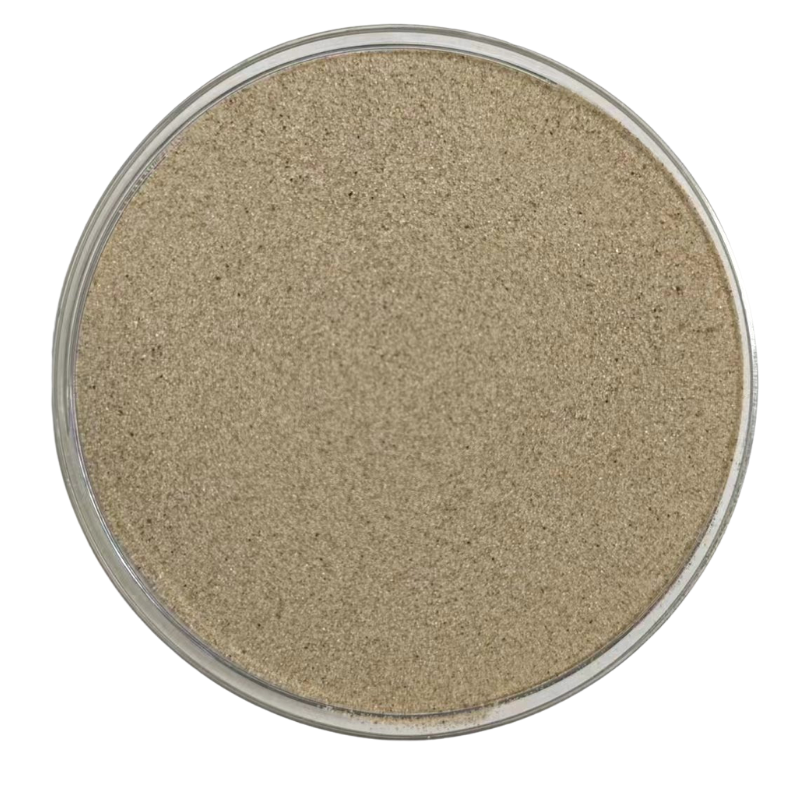
High fire resistance, high particle strength resin coated sand is now indispensable in:
- Oil & Gas Industry: Valve bodies, control housings, and pump casting benefit from high fire resistance and collapse properties, crucial during flow surges and thermal cycling.
- Petrochemical Engineering: Pipe fittings, flange connectors, and joints in corrosive environments demand exceptional strength and pH stability.
- Metallurgy: High-alloy steel, precision gear casting, impeller wheels—requiring minimal expansion and flawless mold surface finish.
- Water Treatment & Environmental: Filter bases, head plates, media shells—high resilience to chlorine & moisture ingress.
- Surface Finishing (Diamond Coated Sanding Drum): Core drum body is molded with coated sand casting for superior vibration damping before receiving diamond abrasive electroplating.
Real Application Case Studies & Customer Feedback
Case 1: High-Pressure Control Valve, Middle-East Petrochem Plant
- Scenario: Valves exposed to 1150℃ flaring and acidic brine, corrosion and thermal shock resistance required.
- Solution: Switched to high fire resistance, high particle strength resin coated sand, improved casting integrity by 30%, zero valve failure in 3 years.
- Feedback: “Exceptional heat resistance and dimensional accuracy – reduced rework hours by half.” (Plant Engineering Manager)
Case 2: Diamond Coated Sanding Drum Production
- Background: Precision CNC-machined drums (260mm length) used for grinding turbine blades.
- Application: Coated sand casting base with high-strength shell, electroplated diamond grain, 30% longer in-use lifespan than traditional cast drums.
- Customer Review: “Resin coated sand [of super-high particle strength] solved inconsistent hardness and ensured uniform shell thickness.”
Case 3: Water Supply Infrastructure, Singapore
- Objective: Filter shell and valve seatings required minimal leachable residue and high chloride resistance.
- Result: Achieved 98.7% first-pass quality yield. 24 months in service: “No breakdown or contamination detected; outstanding performance.”
Industry Accreditation & Partnerships:
Certified by ISO 23456 & ANSI standards; Strategic supplier for multiple Top 50 global petrochemical OEMs (2018–2024).
Tailored Customization Solutions
Recognizing the diverse spectrum of industrial requirements, our resin coated sand solutions are engineered for:
- Grain Size Tailoring: Adaptable from 40–80 AFS, optimized for surface smoothness in core casting and strength in shell molding.
- Binder Customization: High-temp phenolic, furan, or alkaline-phenolic systems for specialized chemical and thermal profiles.
- Additive Engineering: Anti-sintering, anti-stick, and reclaimed sand-compatibility agents to meet sustainability benchmarks.
- Color Coding/Identification: For supply chain tracking and batch traceability.
- Technical Support: Pre-project trials, 3rd party testing (SGS, Intertek), and onsite process optimization consulting.
To learn more or request a sample/specification sheet, visit our product page: High Fire Resistance, High Particle Strength Resin Coated Sand.
Professional FAQ: Resin Coated Sand Terminology
Q1: What is the main material composition of high performance resin coated sand?
A1: The main composition is high-purity quartz silica sand (SiO2 ≥ 98%) uniformly coated with a modified phenolic resin binder. Additives for flow enhancement, anti-sintering, and thermal stability are included. This ensures a combination of fire resistance (>1100°C) and mechanical integrity.
Q2: What does AFS grain size mean in resin coated sand and why is it important?
A2: AFS (American Foundry Society) grain size numbers define average particle size. Lower AFS means coarser grains, higher means finer sand. Grain size affects mold permeability (gas escape), surface finish of castings, and overall packing density in molds/cores.
Q3: Which international standards must the manufacturing process comply with?
A3: Critical standards include ISO 23456 for material testing, ANSI B74.15 for particle grading, and ISO 1927 for compression strength. Compliance ensures consistent quality and safety in critical applications.
Q4: How does resin coated sand compare to traditional green sand or sodium silicate sand shells?
A4: Resin coated sand offers higher thermal resistance, better mold collapsibility (ease of shakeout), much better surface finish, and minimal veining/expansion. It's the preferred choice for high-alloy steel and precise component casting.
Q5: What are the main factors affecting the usable service life of diamond coated sanding drum?
A5: Core drum substrate density, resin shell uniformity (from coated sand casting), diamond abrasive grit adhesion, and thermal dissipation all determine drum lifespan. Optimized coated sand casting under precise temperature yields superior in-use performance.
Q6: What is “Loss on Ignition” (LOI) in coated sand, and why does it matter?
A6: LOI measures how much of the material is lost (burned off) during heating (above 1000°C), representing organic binder and impurity volatilization. Lower LOI means higher material purity and less porosity in the final casting.
Q7: Are recycled/reclaimed sands compatible with high-strength resin coated sand applications?
A7: With proper reclamation (thermal/mechanical attrition), reclaimed sand can be blended up to 20% without degrading key parameters, provided rigorous screening for dust and residual binder is enforced. Additives can help maintain strength and consistency.
Delivery, Warranty & Customer Support
- Standard lead time: 5–18 business days (depending on batch size and customization).
- Logistics: FOB, CIF, DDP global delivery. Compliant with international transit regulations.
- Warranty: 18 months from production date. All batches undergo full traceability and retain samples for dispute resolution.
- Customer Support: 24/7 technical hotline, multilingual documentation, fast-track failure analysis, and on-site process audit by request.
- After-Sales: Free technical training and remote troubleshooting. Comprehensive startup support for new foundry lines.
References & Industry Citations
- Grand View Research, “Resin Coated Sand Market Size, Share & Growth Report” (link)
- "Application and Performance of Phenolic Resin-Coated Sand in High-Temperature Castings," International Journal of Foundry Technology, 2022. (link)
- American Foundry Society – “Advances in Core Sand Technology” Forum Discussion (link)
- “Surface Quality Improvements Using Resin Coated Sand,” Metal Casting Design & Purchasing, 2023. (link)
- Engineering Toolbox, “Sand Casting: Material Properties and Core Types” (link)
Share
-
Natural Premium Bentonite Cat Litter - Superior ClumpingNewsJul.31,2025
-
Premium Resin Coated Sand - High Heat Resistance CastingNewsJul.31,2025
-
High Quality Silicon Carbide Grit for Abrasive ApplicationsNewsJul.30,2025
-
High-Quality Ceramsite for Plants & Gardening | Lightweight PebblesNewsJul.29,2025
-
Premium Burgundy Glass Marbles for Vases & Shooter GamesNewsJul.29,2025
-
High Purity Quartz Sand for Industrial and Ground ApplicationsNewsJul.29,2025






